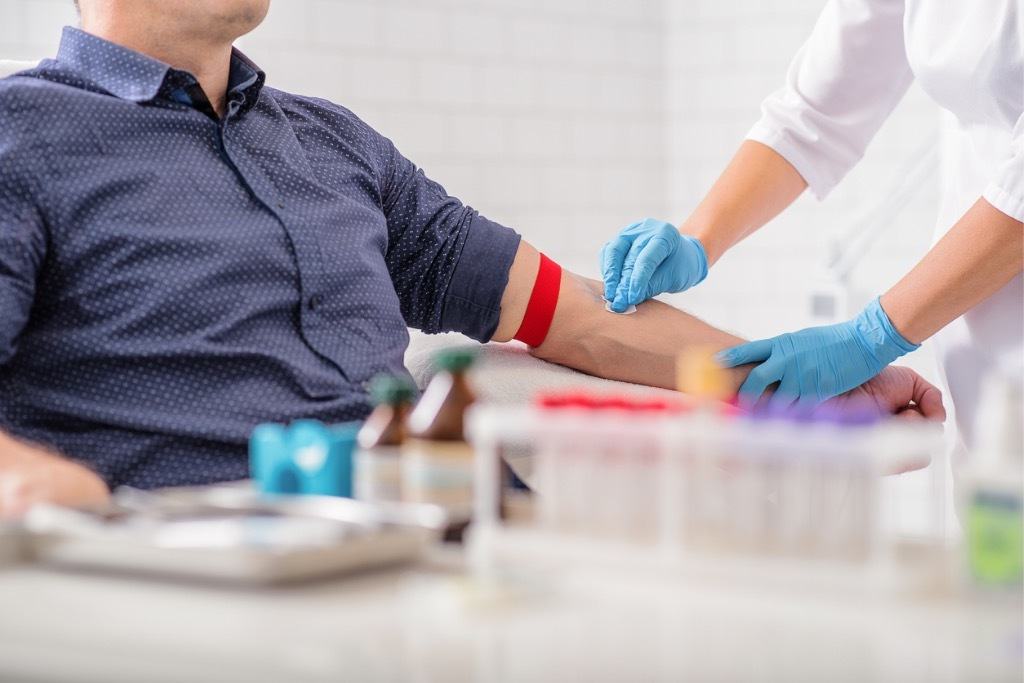Description
It’s likely that at some point in your life, you’ll have blood drawn for either a medical test or for donating blood. The process for either procedure is similar and usually much less painful than most people think.
The Procedure
The time it takes for a blood draw usually depends upon the amount of blood needed.
For example, donating blood can take about 10 minutes, while obtaining a small amount of blood for a sample may take just a few minutes.
While the process may vary depending on who is drawing the blood and for what purpose, the person performing the blood draw will follow this general procedure:
- Ask you to expose one arm, and then place a tight elastic band known as a tourniquet around that limb. This makes the veins back up with blood and be easier to identify.
- Identify a vein that appears easy to access, specifically a large, visible vein. They may feel a vein to assess the borders and how large it may be.
- Clean the targeted vein with an alcohol pad or other cleansing method. It’s possible they may have difficulty accessing the vein when they insert the needle. If this is the case, they may need to try another vein.
- Insert a needle successfully into the skin to access the vein. The needle is usually connected to special tubing or a syringe to collect blood.
- Release the tourniquet and remove the needle from the arm, applying gentle pressure with a gauze or bandage to prevent further bleeding. The person drawing blood will likely cover the puncture site with a bandage.
Some blood product types may take longer to donate. This is true for a special type of blood donation known as apheresis. A person donating via this method is providing blood that can be separated into further components, such as platelets or plasma.
All copy taken from Healthline.
Cost
£100/30 minutes







Reviews
There are no reviews yet.